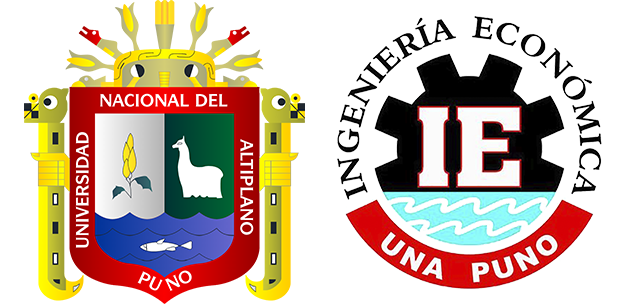Pobreza agraria y shock de ingresos en Puno: un análisis en base a la ENAHO
DOI:
https://doi.org/10.26867/se.2016.v05i1.47Palabras clave:
Pobreza agraria, perfil de pobreza, ingresos agropecuarios, crecimiento agrícola, modelo probitResumen
En este artículo se analiza la evolución de la pobreza monetaria en las unidades de agricultura familiar en Puno para el periodo 2007 al 2015 en base a datos de la ENAHO. La importante reducción de pobreza en la región entre 2007 y 2012 empieza a detenerse en 2013, y entre 2014 y 2015 se observa por primera vez un aumento en la tasa de pobreza general y en la de los hogares agropecuarios. Dada la forma que toma este incremento de pobreza, planteamos que se habría originado en un shock negativo de ingresos en las zonas urbanas afectadas por la desaceleración económica, el cual ha tenido efectos adversos en los ingresos agropecuarios, especialmente de los más articulados al mercado. Adicionalmente, generamos una estimación tipo Probit para analizar el perfil de pobreza de los hogares agropecuarios de Puno de acuerdo a características como rango de edad y tamaño, lengua materna, género y educación del jefe de hogar, entre otras variables. El análisis sugiere algunos temas a incorporar a la agenda de políticas para reducir de manera más efectiva y sostenible la pobreza en el campo de Puno en los próximos años.
















